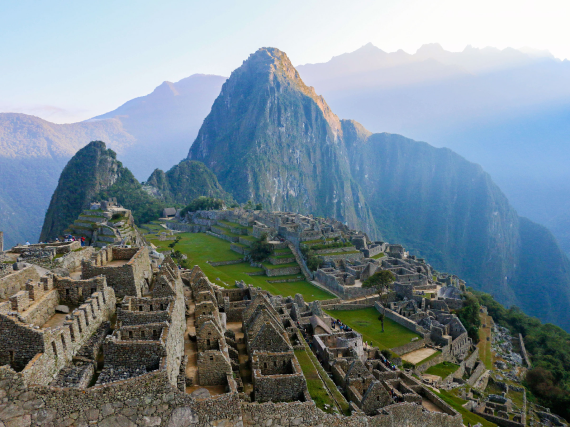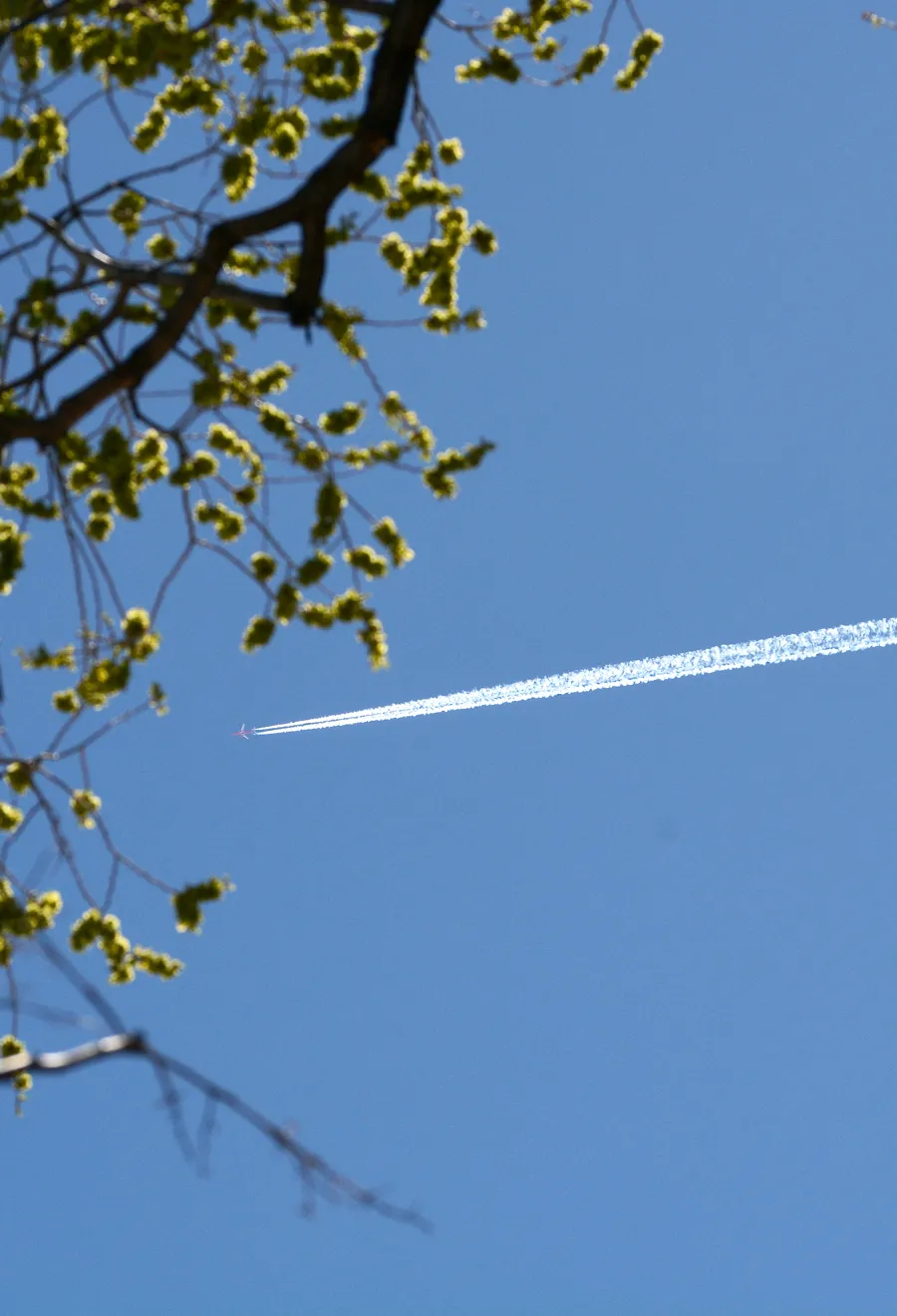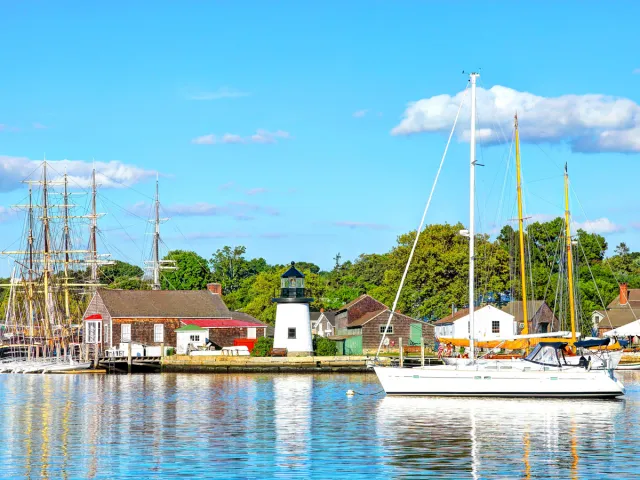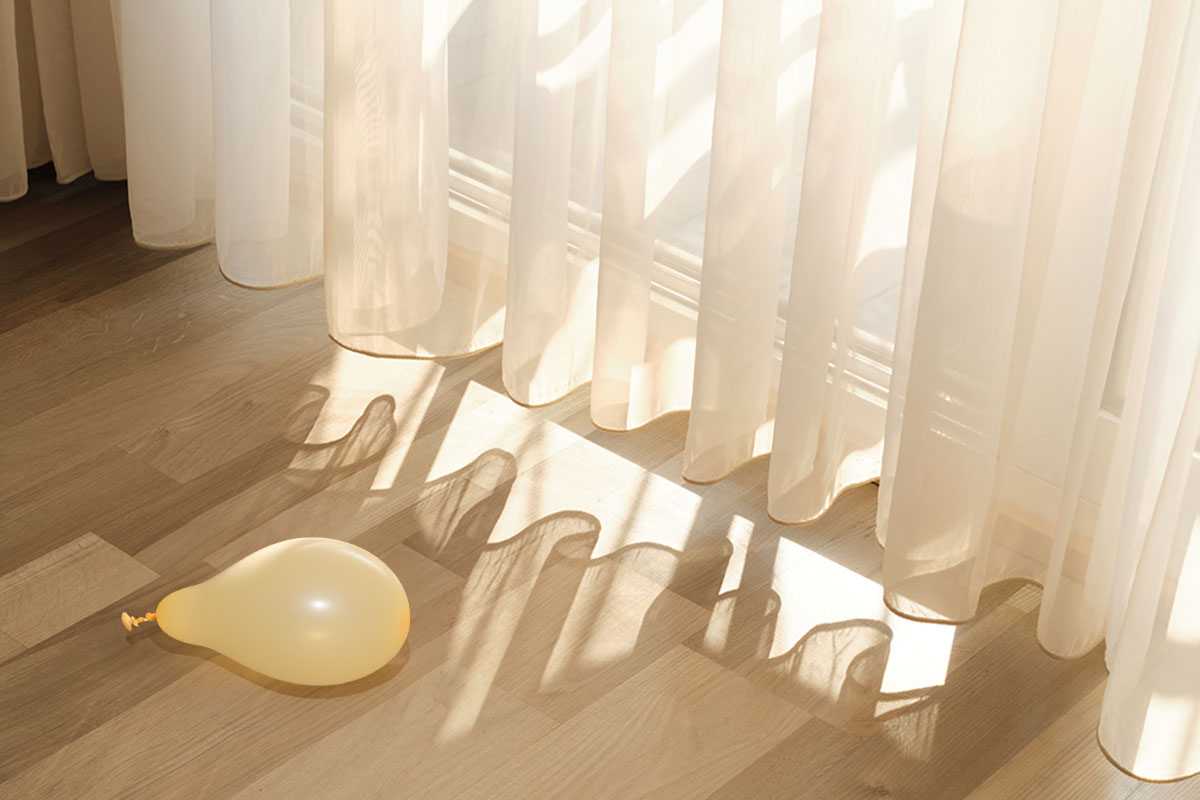Even if you don’t know what they’re called, you’ve surely seen them in the sky: white, cloudlike streaks in the sky following behind planes at cruising altitude. They’re called contrails, short for condensation trails, and they’ve been known to add a bit of character to otherwise clear, blue skies. Ever wondered how they’re formed? Check out the fascinating science behind airplane contrails.
How Contrails Form
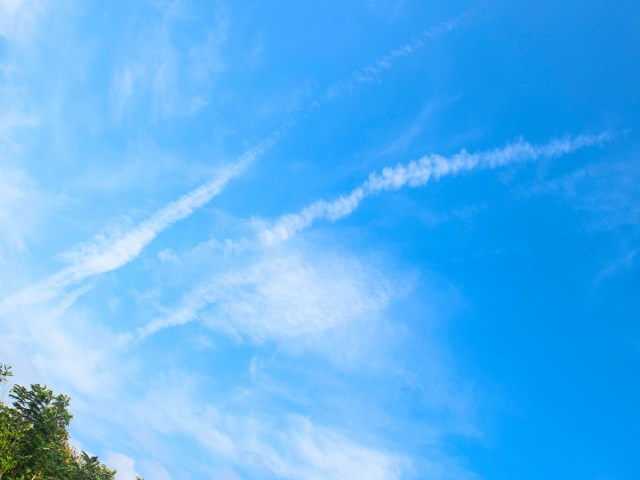
Contrails form in two main ways. The first method, sometimes known as an exhaust trail, occurs at low temperatures when hot, humid engine exhaust mixes with air that has low vapor pressure. The exhaust adds moisture and particulate matter to the cold air, resulting in condensation. The second, less common way comes about when a plane flies through clear air with relative humidity approaching 100%, causing a pressure change that reduces temperature and saturates the air. These are also known as aerodynamic trails.
Interestingly, contrails typically form only at altitudes above 25,000 feet, with most of them coming between 32,000 and 42,000 feet — hence why not all planes create them. Atmospheric conditions also need to be just right (cool and humid) for contrails to form, and depending on how clear or cloudy the day is, it might be hard to see them even when they’re there.
Different Kinds of Contrails

Scientists have classified contrails into three types, with the level of moisture in the atmosphere determining which kind forms. The first is a short-lived contrail, which comes about when the air is somewhat moist. As implied by its name, it lasts only a short while and forms immediately.
The second type of contrail is persistent nonspreading, which requires a higher level of moisture in the air and stays in the sky long after the airplane responsible for it has flown away.
Then, there’s the persistent spreading contrail, which also forms in highly moist air but spreads out rather than staying in a distinct thin line. Once its original shape has grown diffuse enough, it tends to look like a cirrus cloud.
Environmental Impact of Contrails
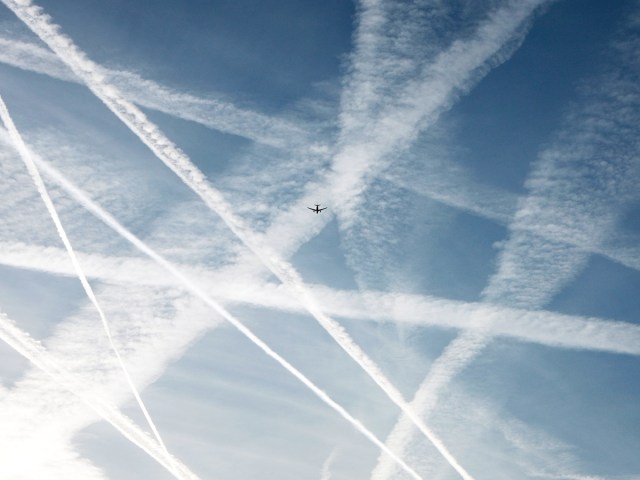
In general, clouds have a mixed impact when it comes to climate. Low, thick ones reflect incoming sunlight back to space, which has a cooling effect, while others trap heat and act like a blanket covering the Earth in warmth.
Contrails belong in the latter category. Because they’re so high up, they’re also quite cold, which makes them ideally suited to trapping heat that would have otherwise left the planet and made its way beyond our atmosphere. This is especially true at night, when the planet usually cools as heat radiates into space. When contrails either form at night or have not yet dissipated after the sun has gone down, less of that heat makes it past the atmosphere.
In fact, according to the Yale School of the Environment, contrails have a greater impact on atmospheric temperatures than the carbon emissions from those same planes do. Fortunately, government agencies and airlines are well aware of this. NASA and the German Aerospace Center (DLR) are currently conducting joint research into how to reduce contrails and lessen their impact via alternative, cleaner-burning fuels. But at least for now, the next time you see them when you glance up at the sky, you’ll have a better understanding of how they happen.
More from our network
Daily Passport is part of Inbox Studio, which publishes content that uplifts, informs, and inspires.

